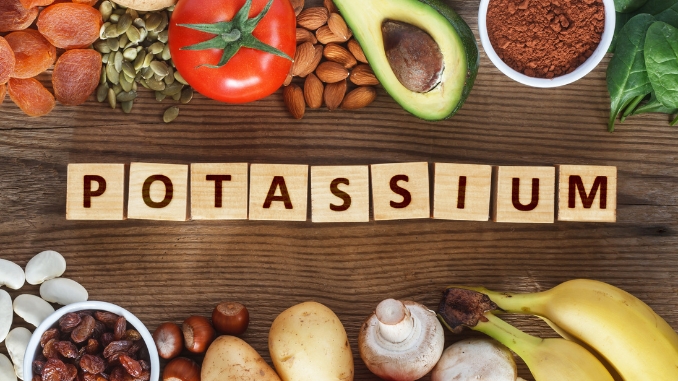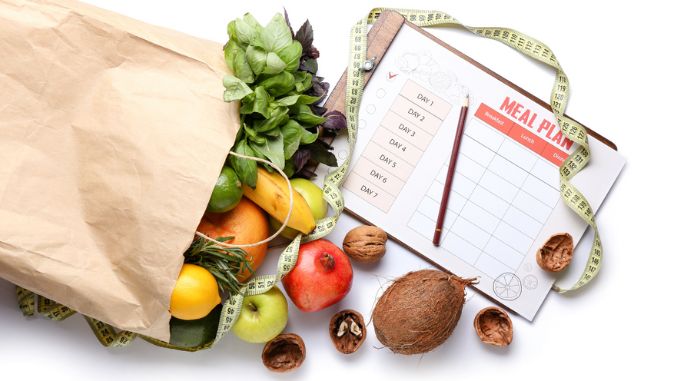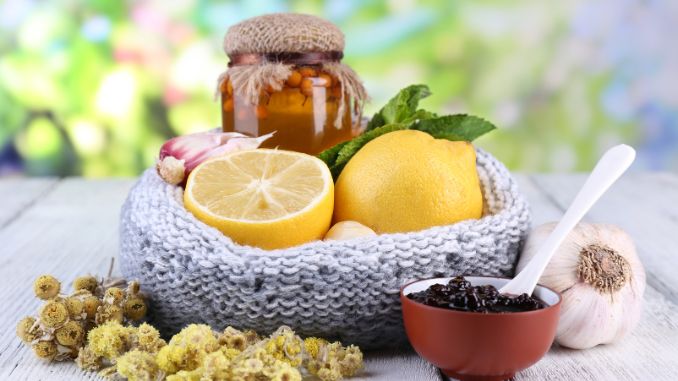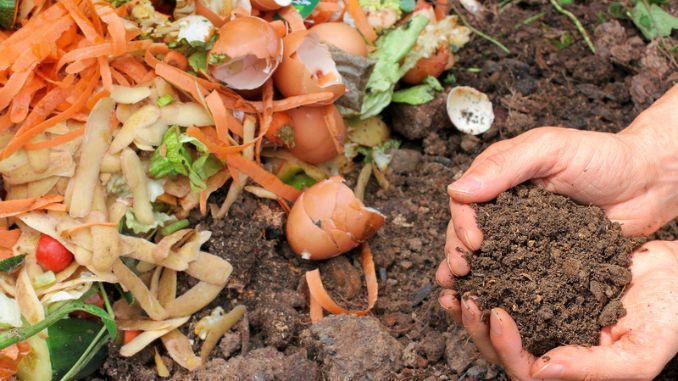Are you having trouble maintaining proper dietary potassium levels? This guide is your friendly companion on this journey, offering practical insights and user-friendly tips. Understanding the essentials of a low-potassium diet involves making smart food choices and incorporating manageable lifestyle adjustments. This resource provides valuable information on what a low-potassium diet entails. From nutrient-rich alternatives to easy culinary swaps, we’ll explore how embracing a low-potassium diet can be a flavorful and health-conscious adventure.
Let’s dive in together and discover foods to lower potassium levels in blood, enriching aspects of this dietary approach for your overall well-being!
Understanding the Role of Potassium in the Body
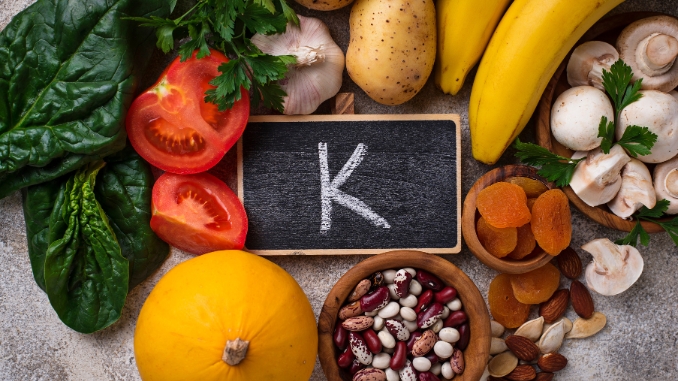
Potassium is a critical mineral and electrolyte crucial in various physiological processes within the human body. It plays a pivotal role in maintaining the proper functioning of our body, contributing to numerous physiological processes essential for overall health.
Here are some key roles and the importance of potassium in our body:
1. Fluid Balance
Potassium, an essential mineral, is pivotal in regulating fluid balance within the body. Its influence extends to the intricate control of water movement in and out of cells. This delicate equilibrium is paramount for sustaining optimal blood volume, preventing dehydration, and ensuring the overall stability of bodily fluids.
2. Electrolyte Balance
In conjunction with sodium, potassium is a fundamental electrolyte that actively contributes to maintaining electrical gradients across cell membranes. This function is essential for transmitting nerve impulses smoothly, coordinating muscle contractions, and maintaining the rhythmic beating of the heart. Potassium’s role in sustaining these crucial processes underscores its significance in preserving overall electrolyte balance.
3. Heart Health

Critical to heart health, potassium is central to maintaining a regular heartbeat. Potassium ensures a consistent and coordinated rhythm by exerting influence over the heart’s electrical activity. Enough potassium intake is associated with a lower risk of cardiovascular diseases, emphasizing its importance in promoting and preserving heart health.
4. Muscle Function
Potassium’s vital role in muscle function is underscored by its ability to facilitate both contraction and relaxation of muscles. From simple everyday movements to complex athletic endeavors, potassium plays an irreplaceable role in ensuring the proper functioning of muscles.
5. Blood Pressure Regulation
Potassium serves as a counterbalance to sodium, aiding blood pressure regulation. A potassium-rich diet has been linked to reduced blood pressure, mitigating the risk of hypertension and associated cardiovascular issues. This underscores potassium’s role in maintaining cardiovascular health through its impact on blood pressure regulation.
6. Kidney Function
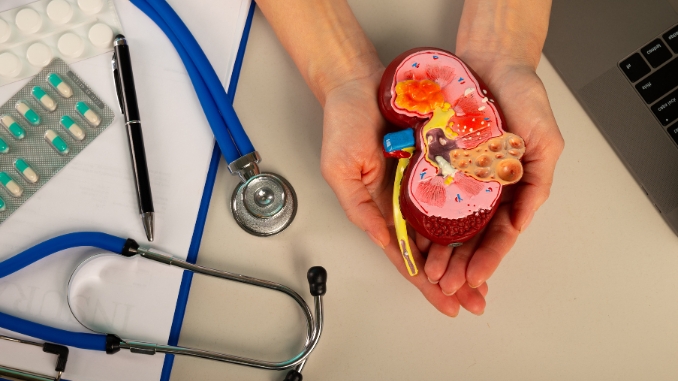
The kidneys, which play a crucial role in maintaining the overall potassium balance, rely on adequate levels of this mineral for optimal function. Potassium not only supports kidney health but also aligns with the recommendations of organizations like the National Kidney Foundation, emphasizing its role in reducing the risk of chronic kidney disease. This underscores potassium’s significance in preserving the integrity and functionality of these vital organs, as recognized by leading kidney health authorities.
7. Metabolism
Potassium is intricately involved in carbohydrate metabolism, contributing to the conversion of glucose into glycogen. This process facilitates energy storage and utilization, showcasing potassium’s significance in the metabolic pathways crucial for sustaining bodily functions.
8. pH Balance
Potassium is critical in regulating the body’s acid-base balance, influencing the pH of bodily fluids. This regulation is indispensable for creating an environment conducive to enzymatic activities and metabolic processes. The meticulous balance potassium helps maintain in the body’s pH is essential for supporting overall physiological function.
Understanding how to manage your potassium intake is crucial, especially if you have been recommended to follow a low-potassium diet by your healthcare provider. You can keep a healthy balance and prevent potential health complications by making informed choices about the foods you consume.
The Importance of Maintaining Balanced Potassium Levels
Maintaining balanced potassium levels is essential to ensure optimal health and well-being. Potassium is involved in numerous bodily functions, including the transmission of nerve signals, muscle movements, and blood pressure regulation. When potassium levels are too high or too much potassium is low, it can disrupt these processes and lead to various health issues.
1. High Potassium (Hyperkalemia)
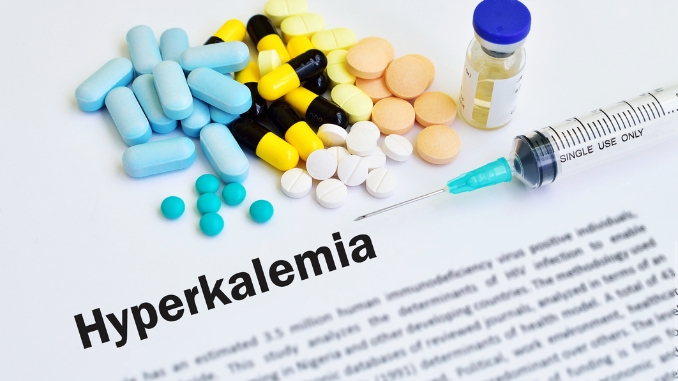
High potassium levels, or hyperkalemia, can be particularly dangerous. This condition can cause unstable heart rhythms, which can be life-threatening. Muscle weakness, numbness, or tingling may also be a consequence, sensations, and even paralysis. It is especially important for individuals with kidney problems to manage potassium levels to prevent further kidney damage.
2. Low Potassium (Hypokalemia)
Low potassium levels, or hypokalemia, can also have adverse effects on the body. It can cause muscle weakness, fatigue, constipation, and irregular heartbeat. Balancing your potassium intake within the recommended range is crucial for maintaining optimal health.
High Potassium Foods to Avoid

It is crucial to identify and avoid many foods high in potassium. While some foods may be obvious contenders, others may surprise you. Here are some common high-potassium foods to steer clear of:
Bananas – Renowned for their delightful taste and convenient portability, are also notorious for their high potassium content. These nutrient-rich fruits provide essential vitamins and minerals; however, individuals adhering to a diet should consume bananas in moderation. Exploring alternative fruits with lower potassium levels, such as apples or berries, can offer variety while accommodating dietary restrictions.Oranges – Bursting with citrusy flavor and a wealth of nutrients, are a potassium-rich fruit. For those seeking lower potassium alternatives, substituting orange juice with fruits like apples or berries can provide a refreshing twist to your diet. Balancing nutritional needs with potassium considerations allows for a diverse and satisfying fruit selection.Potatoes – A versatile and widely consumed staple in many diets, harbor a significant amount of potassium. Limiting potato intake is advisable, especially when consumed with the skin intact. Exploring alternative cooking methods or opting for potatoes with the skin removed can help manage potassium levels while still enjoying the culinary versatility of potatoes.Tomatoes – A universal ingredient in various culinary creations, contribute to potassium intake. Consider incorporating low-potassium substitutes like red bell peppers into your dishes to reduce potassium levels. This allows for the retention of flavor and texture while adhering to dietary guidelines.Avocados – Celebrated for their creamy texture and numerous health benefits, are rich in potassium. Those seeking lower potassium alternatives can explore substitutions like cucumbers or zucchini to maintain a nutrient-dense diet without compromising flavor and texture. Spinach – A nutrient powerhouse among leafy greens, also contains a notable amount of potassium. Individuals on a low-potassium diet may find suitable alternatives in greens like kale or lettuce, maintaining nutritional variety while adhering to dietary restrictions.Dairy Products – Milk, yogurt, and other dairy products provide an excellent source of calcium but can contribute to higher potassium intake. Exploring low-potassium alternatives like almond milk or coconut milk ensures adequate calcium intake without compromising dietary restrictions.Beans and Legumes – Are generally healthy sources of protein and fiber. However, they can also be high in potassium. If you are following a low-potassium diet, limit your intake of beans and legumes.Beans and legumes, valued for their protein and fiber content, can also be significant sources of potassium. For those managing potassium absorption, limiting the consumption of these two and exploring alternative protein sources within dietary constraints may be beneficial.Chocolate – Chocolate lovers navigating a low-potassium diet may need to exercise restraint, as chocolate, especially dark chocolate, can contain elevated levels of potassium. Opting for low-potassium sweet alternatives allows occasional indulgence while adhering to dietary guidelines.
By avoiding these high-potassium foods, you can significantly reduce your daily potassium intake and maintain better control over your potassium levels.
Top 10 Fruits and Vegetables to Lower Potassium Levels
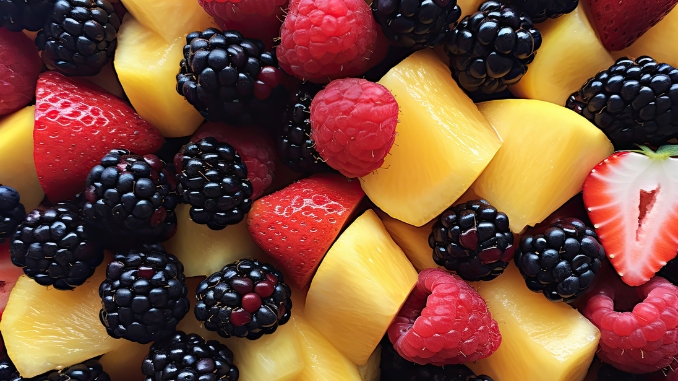
Now that you know which foods to avoid diet low on, let’s explore the top 10 foods to lower potassium levels in blood that you can incorporate into your diet. These foods to lower potassium levels in blood are not only low in potassium but also packed with essential nutrients, making them an excellent addition to any low-potassium meal plan.
Apples – A versatile fruit that can be enjoyed in various ways. They are low in potassium and high in fiber, making them an excellent choice for a low potassium diet. Whether you enjoy them raw baked, or added to salads, apples are a delicious and nutritious option.Berries – Like strawberries, raspberries, and blueberries are low in potassium and rich in antioxidants. Enjoy these independently, add them to smoothies, or sprinkle over yogurt for a tasty low-potassium treat.Cauliflower – An adaptable vegetable that can be used as a low-potassium substitute for potatoes or rice. It is low in potassium and high in fiber, making it a great choice for those following a low-potassium diet.Cabbage – A cruciferous vegetable that is low in potassium and rich in vitamins and minerals. It can be enjoyed raw in salads, stir-fried, or as a low-potassium alternative to tortillas in wraps. Consuming high-potassium vegetables is not good for your health, you can substitute cabbage instead.An alternative would be leaching—a method of soaking raw or frozen vegetables in water for a minimum of two hours prior to cooking, aimed at extracting a portion of the potassium from the food into the water.Bell Peppers – Especially the red variety, are low in potassium and high in vitamin C. They can be enjoyed raw, roasted, or added to various dishes as a low-potassium alternative to tomatoes.Onion – A delectable addition to many dishes and are low in potassium. They can add depth and aroma to soups, stews, and stir-fries without significantly increasing your potassium intake.Pineapple – Is low in potassium and high in vitamins and minerals. In recipes, it can be enjoyed fresh, added to smoothies, or used as a low-potassium substitute for higher-potassium fruits.Egg Whites – Provide a superb amount of protein and are low in potassium. They can be used in various dishes, including omelets, frittatas, and baked goods, to maintain a low-potassium diet. White Bread – While whole wheat bread may be high in potassium, white bread is a low-potassium alternative. If you enjoy bread, opt for white bread to keep potassium in your blood and potassium levels in check.Olive Oil – Has beneficial fat that is low in potassium. It can be used as a low-potassium alternative to butter or other high-potassium oils in cooking and baking.
By incorporating these foods to lower potassium levels in blood into your diet, you can enjoy delectable and nutritious meals while maintaining a healthy balance of potassium.
Incorporating Potassium-Lowering Foods into Your Diet
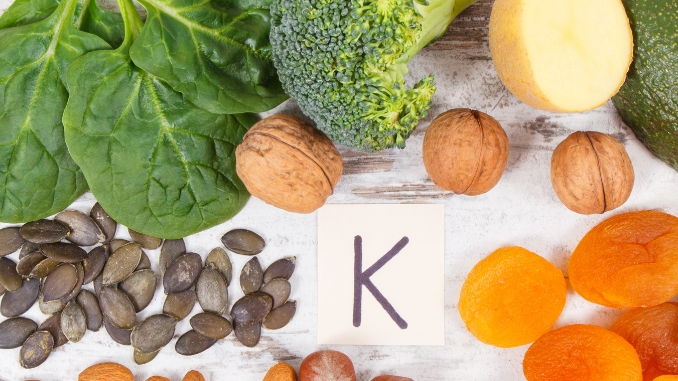
Now that you know which foods to avoid and which to include in your low-potassium diet, let’s explore some tips on incorporating these potassium-lowering foods into your daily meals. With a little creativity and planning, you can enjoy a diverse and satisfying diet while managing your potassium levels.
Plan Your Meals
Take time to plan your meals to ensure that you incorporate a variety of low-potassium foods. Consider using a meal planning app or creating a weekly menu to help you stay organized.
Experiment with New Recipes
Explore different recipes that incorporate low potassium food and-lowering foods. Many online resources and cookbooks are available that cater to specific dietary needs, including low-potassium diets.
Keep a Food Diary
A food diary can assist you in tracking your high-potassium food intake and identify potential sources of high potassium. It can also be a useful tool for monitoring your overall dietary habits and making adjustments as needed.
Be Mindful of Serving Size and Portion Sizes
While certain foods may be low in potassium, consuming them a lot can still contribute to high potassium levels. Pay attention to portion sizes and aim for a healthy, balanced diet with various nutrient-rich foods.
Get Creative with Flavor
Enhance meal flavor with various herbs and spices, avoiding salt substitutes and high-potassium ingredients. Fresh herbs like basil, parsley, and dill can be excellent alternatives to salt and high-potassium condiments.
Incorporate Low Potassium Substitutes
When cooking or baking, consider using low-potassium vegetables as substitutes for ingredients that are typically high in potassium. For example, use low-potassium fruits like apples or berries instead of high-potassium fruits like bananas or oranges.
By following these tips, you can create a diverse and enjoyable low-potassium diet that meets your nutritional needs while keeping your potassium levels in check.
Tips for Managing Potassium Levels Through Diet
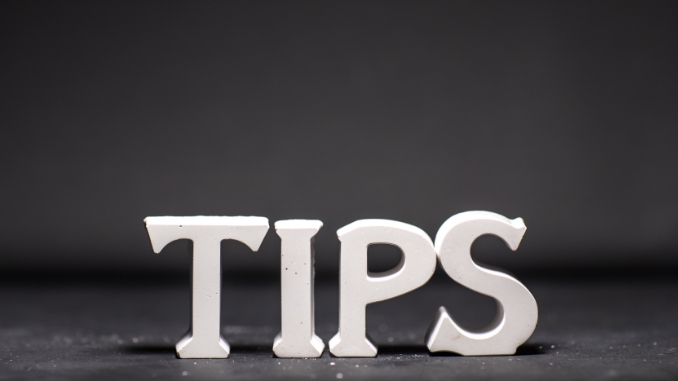
Managing your potassium levels through diet requires careful consideration and planning. Here are a few additional tips to help you stay on track:
Limit Processed Foods
Processed foods, including canned soups, frozen meals, and packaged snacks, usually contain high potassium levels. Choose whole, fresh foods whenever possible to maintain better control over your potassium intake.
Cook Foods to Reduce the Amount of Potassium
Certain cooking methods can help reduce the potassium content in foods. For example, boiling vegetables in water and discarding the water can help lower their potassium levels.
Consider a Low-Sodium Diet
Sodium and potassium levels are closely related in the body. You can indirectly help manage your potassium levels by following a low-sodium diet. Limit processed and salty foods intake, and opt for fresh ingredients instead.
Monitor your Blood Potassium Levels
Regularly monitor your blood potassium levels through blood tests as advised by your healthcare provider. This will help you track your progress and make any essential adjustments to your diet or medication regimen.
Natural Ways to Lower Potassium Levels
In addition to integrating foods to lower potassium levels in blood into your dietary regimen, multiple natural methods exist to effectively lower elevated potassium levels within your body. Let’s explore some comprehensive strategies that you can consider incorporating into your routine:
Increase Water Intake – Elevating your daily water consumption can prove instrumental in flushing out surplus potassium through urine. Aim to drink at least eight glasses of water each day. However, it’s advisable to adjust this amount based on personalized recommendations provided by your healthcare professional. The hydrating effects of ample water intake contribute to overall well-being and the efficient removal of excess potassium from your system.Exercise Caution with High-Potassium Foods – Manage potassium intake by limiting high-potassium foods like bananas, oranges, avocados, tomatoes, and spinach. This helps regulate potassium levels for a balanced internal environment.Optimize Vegetable Preparation Techniques – The manner in which vegetables are prepared can significantly impact their potassium content. Adopting cooking methods such as boiling or steaming can aid in diminishing the potassium levels of vegetables. Additionally, a crucial practice is discarding the cooking water, which effectively lowers the potassium content in prepared vegetables. By being mindful of your cooking techniques, you can derive the nutritional benefits of vegetables while moderating your potassium intake.
By incorporating these foods to lower potassium levels in blood into your lifestyle, you can embark on a holistic approach towards managing and lowering your potassium levels, fostering a more harmonious balance within your body. It is always advisable, however, to seek advice from your healthcare provider to receive customized guidance and recommendations designed for your individual health requirements and situation.
Conclusion
Potassium is vital for essential bodily functions, crucial in nerve transmission and muscle activity. Maintaining balanced potassium levels is imperative for overall health, particularly in sustaining cardiovascular well-being. To achieve this balance, incorporating naturally lower-potassium produce, such as cabbage, cauliflower, berries, rice, and other foods to lower potassium levels in blood is essential for a well-rounded diet. Recognizing the individual variability in nutritional needs, consulting healthcare professionals provides personalized guidance to ensure optimal potassium levels and promote overall health.
We have an effective, safe and all-natural program designed to help you normalize your blood pressure.
Introducing our Breakthrough “14-Day Healthy Blood Pressure Quick Start Program”. Check out now!

